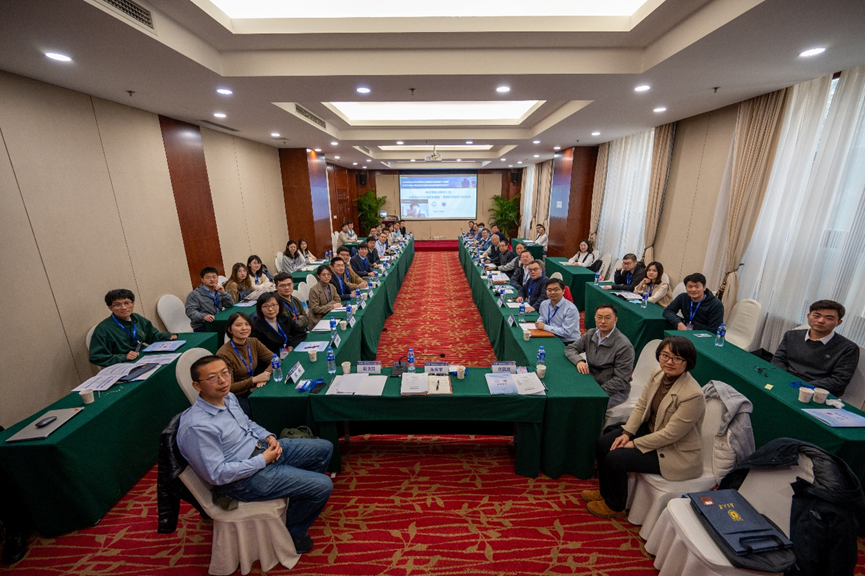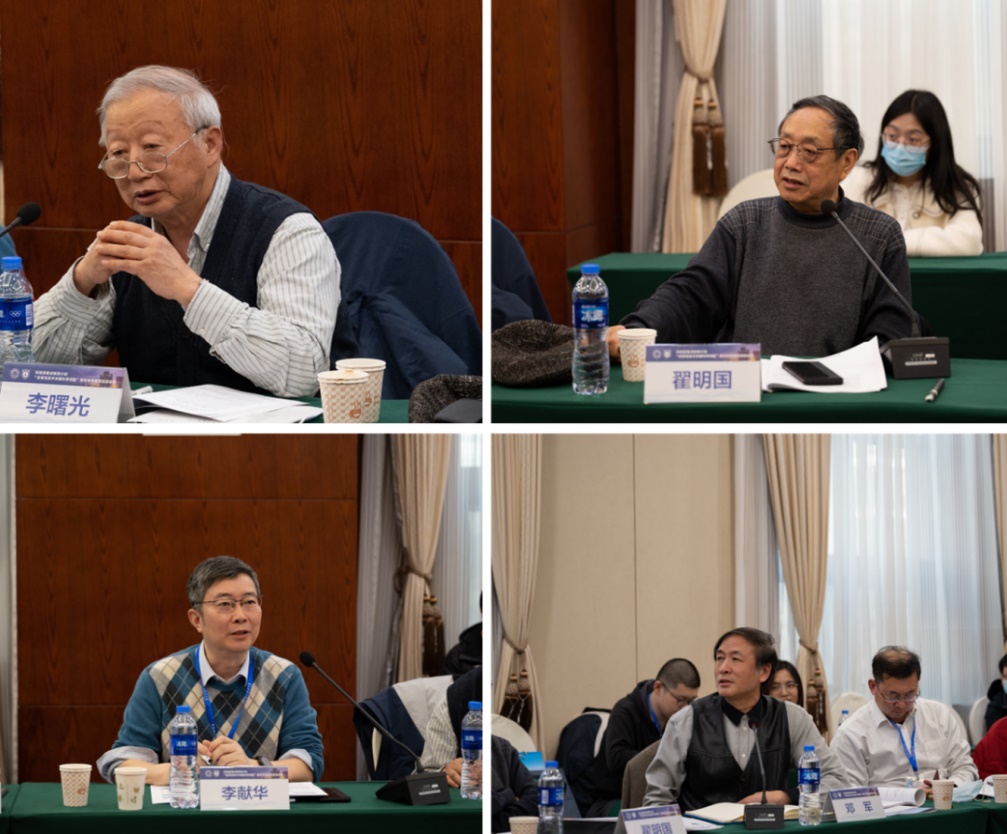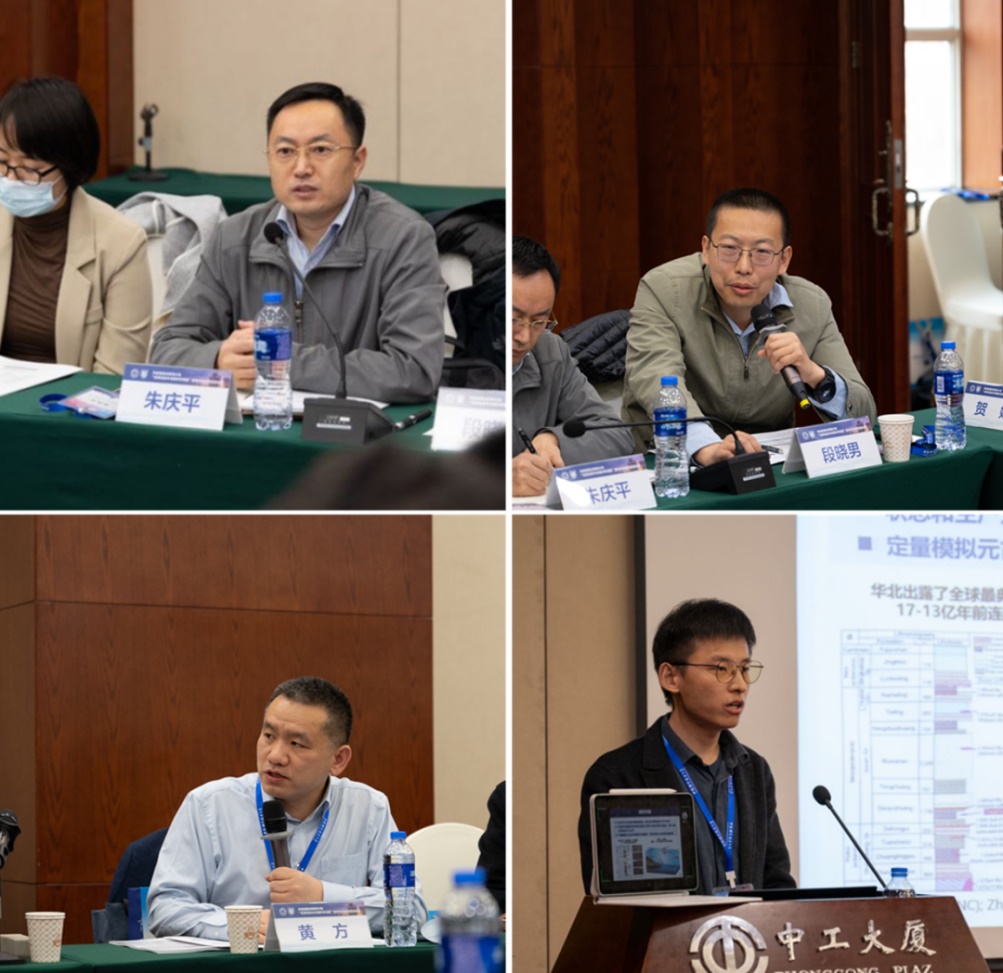The launch meeting of the project of the National Key Research and Development Program: Metal stable isotope techniques for tracing the evolution of habitability during the Earth’s Mesoproterozoic Era
On March 8th, the launch meeting of the young scientists’ project of the National Key Research and Development Program “Metal stable isotope techniques for tracing the evolution of habitability during the Earth’s Mesoproterozoic Era”, was held successfully in Beijing. The project was led by the University of Science and Technology of China (USTC).
Four Academicians of the Chinese Academy of Sciences (CAS), Prof. Shuguang Li, Prof. Jun Deng, Prof. Mingguo Zhai, Prof. Xianhua Li, and other well-known professors, including Prof. Shuichang Zhang, Prof. Xingliang Zhang, Prof. Quanyou Liu, Prof. Chao Li, Prof. Bing Shen, were invited to the meeting as advisory committee of the project. The program managers (Qingping Zhu, Yanlong Liu, Xiaonan Duan) from the Ministry of Science & Technology (MOST) and the CAS, the principal investigator of the project, Dr. Jihua Hao (USTC), and project co-Is and participants from the USTC, Peking University (PKU), and Research Institute of Petroleum Exploration and Development (RIPED), attended the meeting. The meeting was hosted by Prof. Fang Huang (USTC) and Prof. Xiancai Lu (Nanjing University).

The group photo
The program managers from the MOST and CAS firstly introduced the history of the National Key Research and Development Program, congratulated on the launch of the new project, and put forward expectations and requirements for the project. Then, the project leader, Dr. Jihua Hao (USTC), and three Co-Is, Dr. Dan Lv (RIPED), Dr. Mingsong Li (PKU), Dr. Wei Wei (USTC), presented the plans of the project, respectively. The advisory committee members affirmed the importance of the project, and provided many valuable suggestions on the scientific problems, the key technologies, the construction of Earth-system models, the developments of young talents, and the communications with other projects. The launch meeting further clarified the overall goal and plans of the project, laying a foundation for the successful completion of the project.

The advisory committee members gave suggestions

Introduction and discussions from the program managers from the MOST, CAS, and USTC, and the presentation of the project PI
The National Key Research and Development Program is a major research program funded by the MOST. The project “Metal stable isotope techniques for tracing the evolution of habitability during the Earth’s Mesoproterozoic Era” was jointly designed and applied by scholars from USTC (PI and 2 Co-Is), PKU (3 Co-Is), and RIPED (3 Co-Is). The project was granted in December, 2021 and plans to use metal stable isotope systems, combined with astronomical chronology, crustal evolution reconstruction, and paleontology techniques, to unravel the coevolution of the ecosystem and environments during the Mesoproterozoic Era.